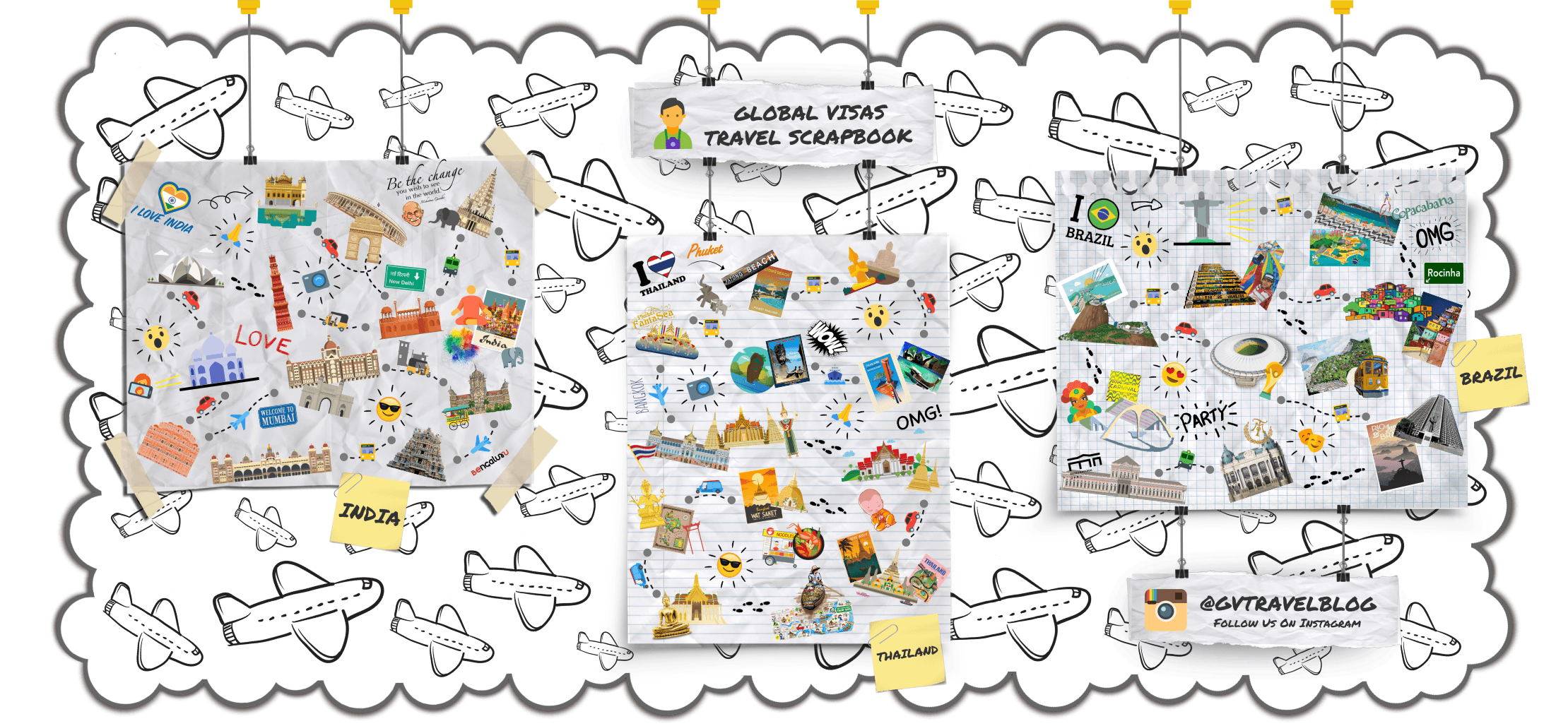EAT:
Don’t hesitate to go to the various restaurants around the island. Although many of them advertise a specific ethnic cuisine, like everywhere around the world they have their own mix of traditional and local. You might discover that ‘fried rice’ can have more than one flavour.
Gastronomes will find a variety of flavours and aromas inherited from the different migrations through its history. Culinary traditions from France, India, China and Eastern Africa have been passed on through generations.
Depending on the region, rice or a variety of flat bread called chapattis or roti, called farata (paratha) by the local people, is eaten with curries. The extensive use of spices like saffron, cinnamon, cardamom, and cloves and herbs such as thyme, basil, and curry leaves are the common ingredients that provide some powerful, yet subtle, flavour. Dal, a variety of lentil soup, are many and varied according to the type of lentil used; vegetables, beans, and pickles accompany the dishes. Dholl puri, originally an Indian delicacy, has become the fish and chips for Mauritians.
Biryani from Mughal origins is a dish prepared by the Muslim community, where meat is mixed with spiced rice and potatoes.
You can buy many snacks on the streets of Mauritius including the famous gateaux piments (a variant of the Indian vadai; literally, chilli cakes), and vegetable or meat samosas (puffs), along with octopus curry in bread. The tomato and onion based dish called Rougaille (pronounced rooh-guy) is a variation of the French ragoût. The dish usually consists of meat or seafood (corned beef and salted snoek fish rougaille are very popular with the locals). Mauritians eat this dish often if not daily.
Mauritians have a sweet tooth and make many types of ‘gateaux’, as they are called. The cakes vary and you can find cakes very much like those in France and others similar to Indian sweets like Gulab Jamun and Rasgulla among many others.
When leaving Mauritius, don’t wait until you go through passport control if you want to have a snack. The coffee shop after passport control is not value for money. You would be better off visiting the snack bar before check-in and taking your purchases through with you. However, remember that due to the liquids, aerosols and gels rules, you are limited to the amount of liquids you can take through the passport control.
DRINK:
Mauritius produces a wide range of cane rum. It is very cheap and is a nice drink when mixed with cola and ice. A popular drink is coconut water with a dash of lime and a splash of local rum over ice.
The local beer, Phoenix, costs around Rs30 for a pint. Usually served very cold. The local Black Eagle beer, brewed in Nouvelle France is also good.
The Medine Estate Refinery shop at Bambous (4 km from Flic en Flac), on the west of the Island, has a wide variety of locally produced rums and liquors.









